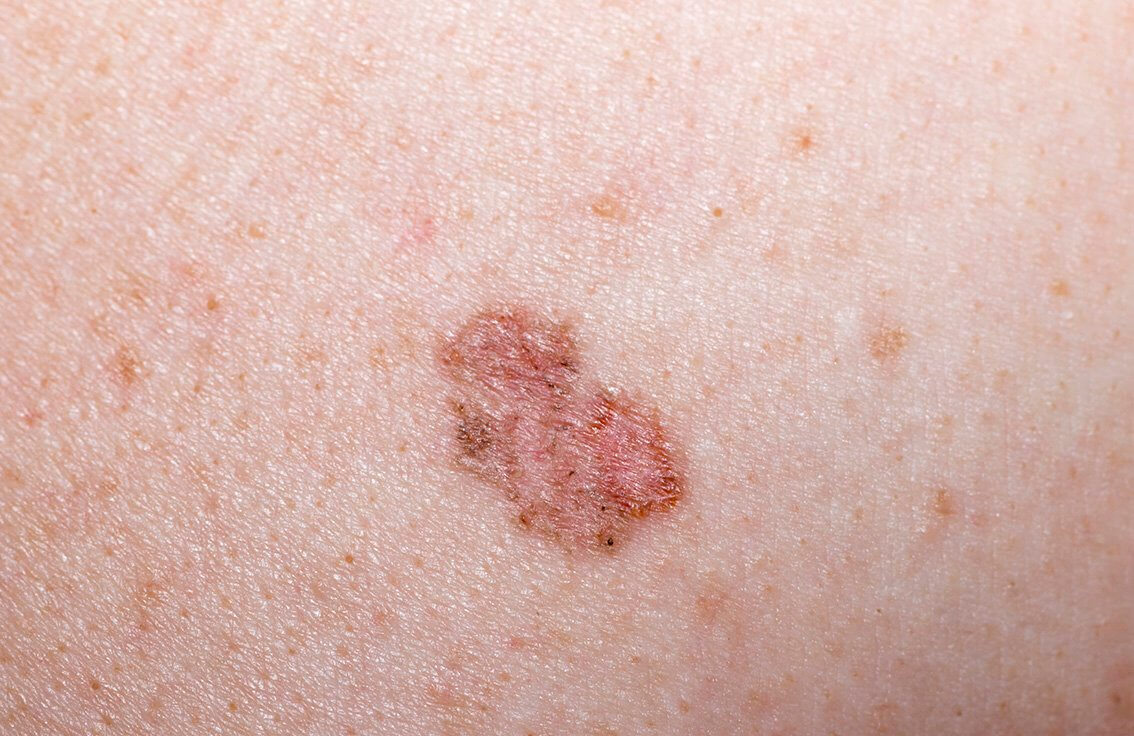SKIN CANCER: BASAL, SQUAMOUS & MELANOMA
London Dermatology | 15 January 2025
Skin cancer is a type of cancer that starts in the cells of the skin. Skin cancer most often develops on skin exposed to the sun’s ultraviolet (UV) radiation (rays), but skin cancer can occur anywhere on the body. There are three kinds of skin cancer: basal, squamous and melanoma.
Basal cell skin cancer generally grows slowly and is not very likely to spread to other parts of the body.
Squamous cell skin cancer tends to be somewhat more aggressive than basal cell skin cancer, but is less dangerous than melanoma.
Melanomas of the skin are considered the most dangerous because they are more likely to spread to other parts of the body.
Most cases of melanoma, the deadliest kind of skin cancer, are caused by exposure to ultraviolet radiation (UV rays). UV rays can come from natural sunlight as well as from indoor tanning devices such as tanning beds, tanning booths and sunlamps.
The risk of melanoma increases as people age, but it’s also found in younger people. In fact, it is one of the most common cancers in people younger than 30 (especially younger women).
Some people are more likely than others to develop skin cancer. Risk factors vary for different types of skin cancer, but some general risks include:
-Having a lighter natural skin colour.
-Having a family history of skin cancer.
-Having a personal history of skin cancer.
-Exposure to the sun through work and play.
-Having a history of sunburns, especially early in life.
-Having a history of indoor tanning.
-Having skin that burns, freckles, reddens easily, or becomes painful in the sun.
-Blue or green eyes.
-Blonde or red hair.
-Certain types and a large number of moles.

